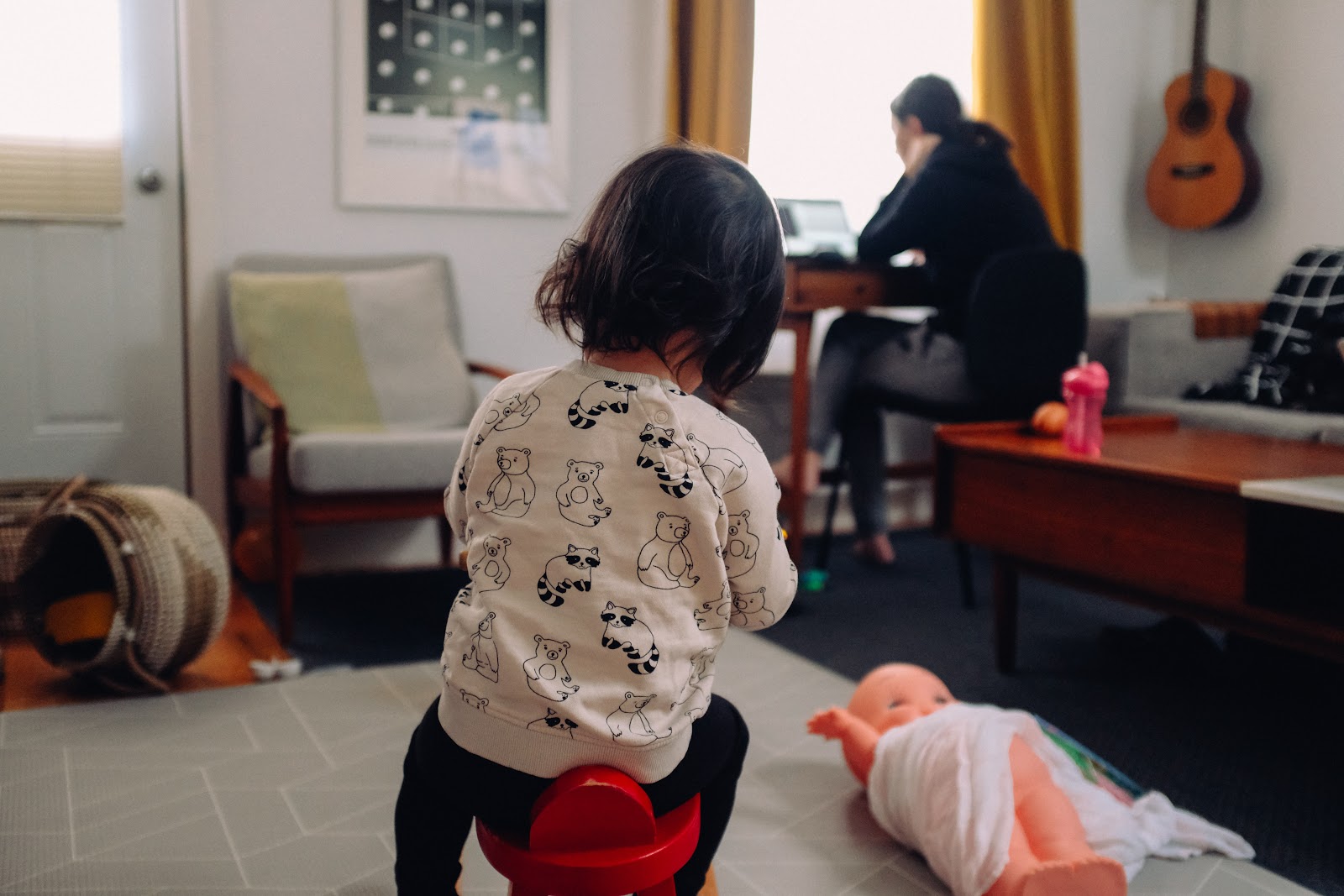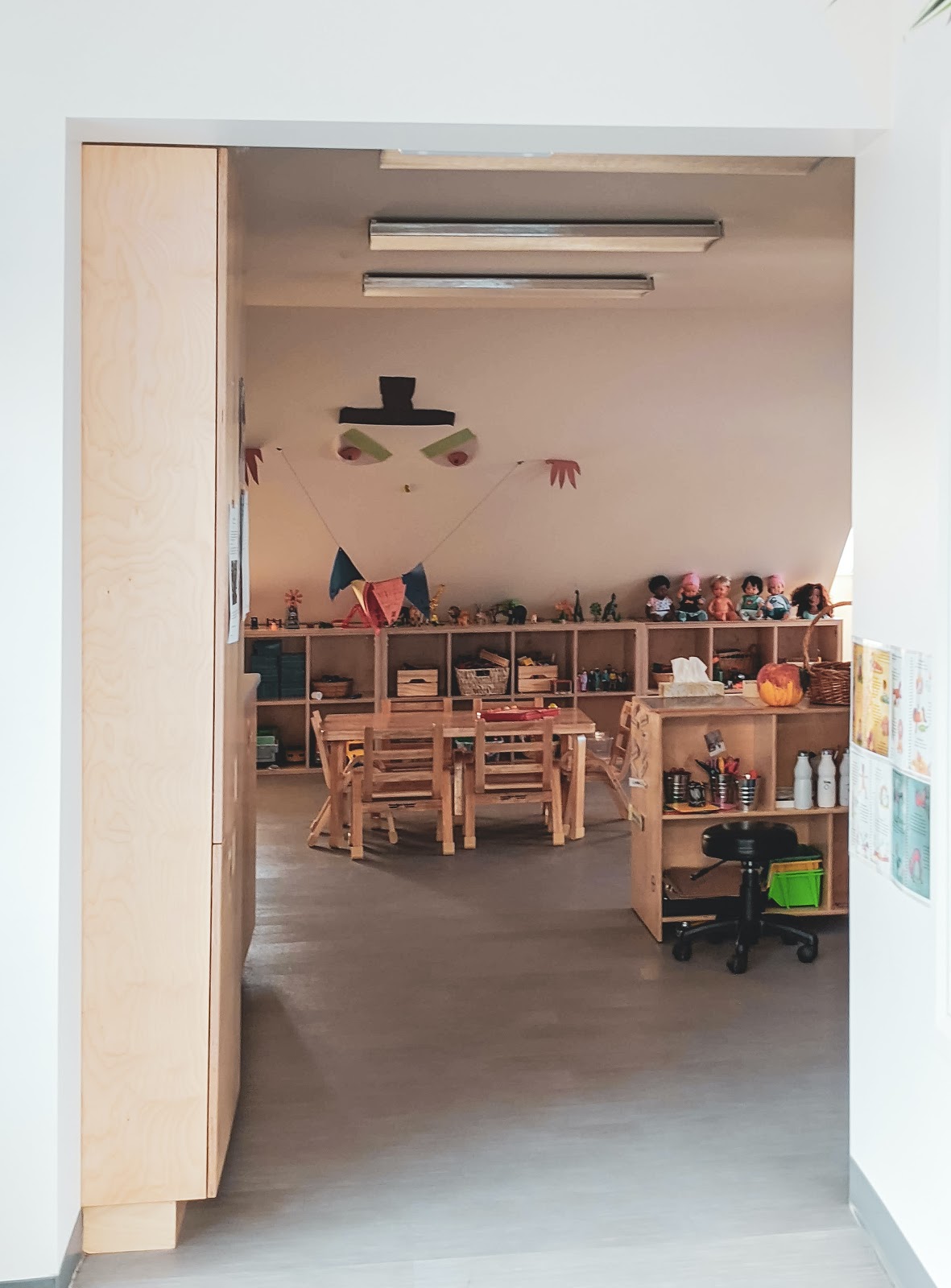By Brianna Chu
Single mother Lisa* is a teacher who also tutored students before the pandemic started. Her young daughter Joanna* is not quite school age, so she isn’t currently juggling both online teaching and online learning; but Lisa had been sending her daughter to daycare during the week so she could work. After the pandemic hit, Lisa was unable to both teach and tutor. In their particular circumstance, they ended up having to stop going to their local daycare due to a combination of concerns over illness, financial strain for both their family and the daycare center, and some not quite above-board practices on the daycare’s part.
Childcare centers, most of which are small businesses, are struggling to keep afloat amidst managing the costs of staying open while addressing the increased health risk and the dwlinding client pools. Despite the $3.5 billion distributed under the CARES Act to bolster the child care industry, only a fraction of daycare centers nationwide have benefited from federal funds intended to help these small businesses survive. The decline of the industry puts both parents and the small businesses in a difficult situation.
Lisa initially found spending more time with Joanna a joy. She had been volunteering with the preschool-aged kids at her church in preparation for her own little one getting older, and she loves children of all ages. “Trying to ensure [Joanna] is quiet or sleeping while I teach can be a challenge,” she says, “but sometimes I show my daughter the videos or material that I’m teaching.” However, while they love each other very much, Lisa notes that it’s still important to connect with others, too. The emotional pillars she had relied on—like the friends she could visit with and the church and single mom groups she could attend—have waned since the pandemic began. Lisa knew that as a single mom, she needed support; even pre-pandemic she had joined several single mom groups and mothers’ Bible studies at church.
Luckily, some of the single mom groups still meet online, and the pair have still been able to attend church; they can continue to attend because theirs implements social distancing and appropriate mask-wearing. Joanna loves going to church and being able to see other kids, too, so it’s important for them both.
Lisa is looking forward to being able to go to Disneyland with her daughter once the pandemic is over—she had wanted to take Joanna there for her birthday, since she adores Minnie Mouse, so that’s one of the big things she wants to do once it’s safe to go out again.
Like Lisa, many working parents across the country are now juggling work while caring for young children at home. From June through November 2020, the U.S. Chamber of Commerce Foundation conducted a series of surveys on the pandemic’s impact on childcare. Two of the overarching conclusions? The pandemic has caused two-thirds of working parents have to change their childcare arrangement, and the majority have yet to find a permanent solution. Furthermore, up to 75% of working parents have children under the age of six staying at home with a parent during work hours, and only 10% are using childcare centers.

Altadena Arts Magnet School parent, Jessica Thomas, is part of the majority of working parents with a young child at home. Working full-time from home, for her, highlights the importance of the work-family boundary and balance; nobody has a schedule or routine anymore. Instead, it’s a constant juggle between helping her kids with school, taking care of her toddler, and managing the increased home upkeep now that everyone is home all the time. For the most part, her school-aged daughters study and learn from their respective bedrooms, but will sometimes work in the living or dining room when they need some extra comfort. Thomas ends up without a break from working when her kids are done at the end of the day, completing work that she had meant to finish during the day but had to put aside to attend to her kids’ needs.
She had been able to occasionally take her one-year-old to daycare, especially on days when she had to go into the office in person for some reason, which brought welcome respite to both her and the girls and provided him with time to socialize. Unfortunately, their daycare closed early, two weeks before Christmas, because one of their staff members tested positive for COVID-19. As a small practice, they had to shut their entire facility down for at least two weeks, and since they usually close for the week of Christmas anyway, Thomas spent three weeks without any childcare options for her toddler.
Despite how challenging she’s found it having all the children at home as she works, Thomas would much rather have them home than have them return to school if it’s not safe. She points out that having and raising kids in general is an exhausting endeavor, regardless of whether they’re at home together or she’s in the office and they’re at school. At school, her kids would go to all kinds of sports practices and were involved in lots of extracurriculars, so they were often at different events until seven or eight at night. “Even though it’s [been] hard,” she reflects, “the time I’ve able to spend with the kids has been a good thing that’s come out of this.” She is, however, definitely looking forward to taking a vacation—literally any vacation—once the pandemic is over.
*Name changed for privacy








